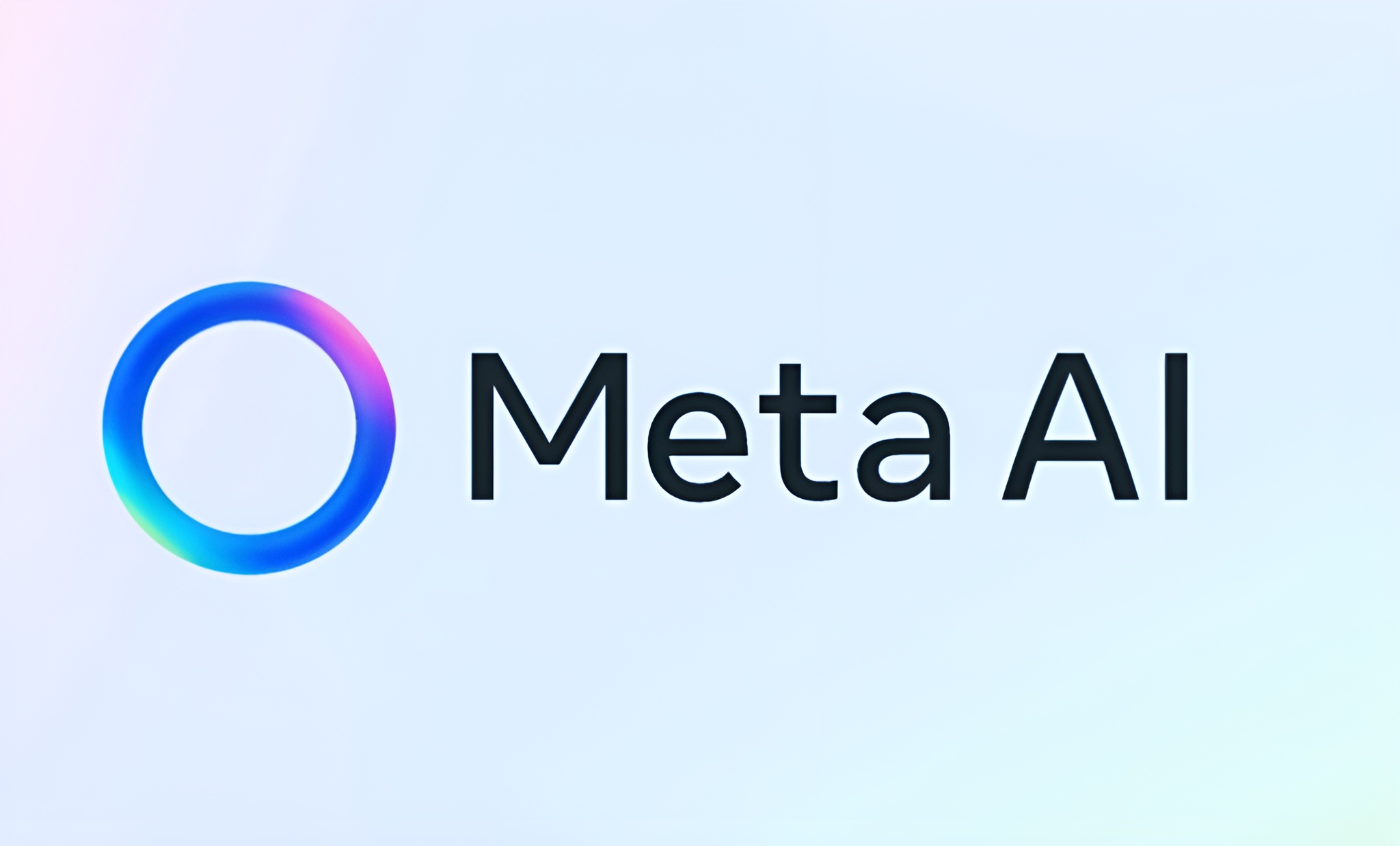The European Commission has launched new ‘AI Antennas’ across 13 European countries to strengthen AI infrastructure. Seven EU states, including Belgium, Ireland, and Malta, will gain access to high-performance computing through the EuroHPC network.
Six non-EU partners, such as the UK and Switzerland, have also joined the initiative. Their inclusion reflects the EU’s growing cooperation on digital innovation with neighbouring countries despite Brexit and other trade tensions.
Each AI Antenna will serve as a local gateway to the bloc’s supercomputing hubs, providing technical support, training, and algorithmic resources. Countries without an AI Factory of their own can now connect remotely to major systems like Jupiter.
The Commission says the network aims to spread AI skills and research capabilities across Europe, narrowing regional gaps in digital development. However, smaller nations hosting only antennas are unlikely to house the bloc’s future ‘AI Gigafactories’, which will be up to four times more powerful.
Would you like to learn more about AI, tech and digital diplomacy? If so, ask our Diplo chatbot!










